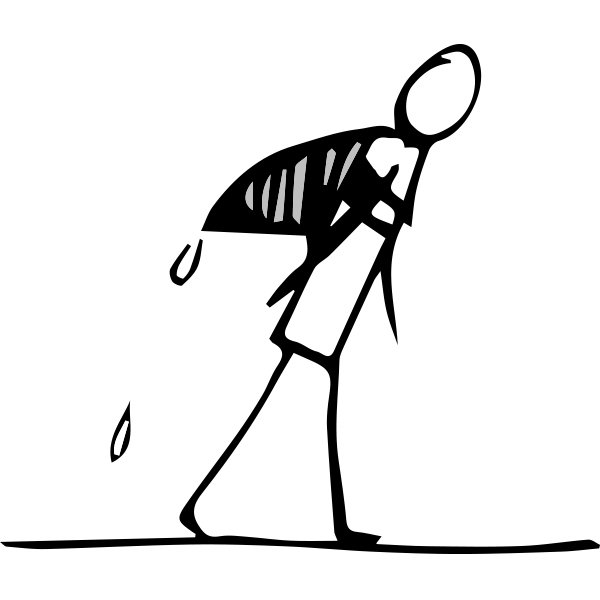After I read an article or book chapter related to my studies, I try to write a reading note immediately after. It has the following structure:
Reading notes help me reflect on the reading as a whole, crystallize my thoughts a bit, and give me something to refer to in the future. This quarter, I've also been experimenting with contemplative reading. What I mean by that is being determined as I go, but I'm aiming to achieve the following:
Give myself 2-3 times the amount of time I'd normally give myself to read something
Be present to the sensory/emotional/social/intellectual experience while reading
Read with compassion for myself, the author, the world
So far, this experiment has been a lot of fun. I've used a meditation app to play a bell of mindfulness every three minutes while I'm reading, which invites me to be present to my posture and to notice if I've gotten lost in thought or the content. It's made my "non-contemplative" reading feel a bit more spacious and it's inspired an additional two categories in my reading notes.
The first category is called process and it's simply a description of how life unfolded while I was reading. Where I was, how long it took, any interruptions or memorable events, etc.
The second category is called Patrick's List and it is a list of everything I didn't understand while reading. Instead of feeling bad about not understanding a concept or argument, I open to what I truly do not know. I highlight words and phrases in gray (as opposed to yellow, which indicate passages that resonate) and at the end of the reading note, I go through all the gray highlights and make a list. The practice reminds me of the following scene from one of my favorite movies, Auntie Mame.








